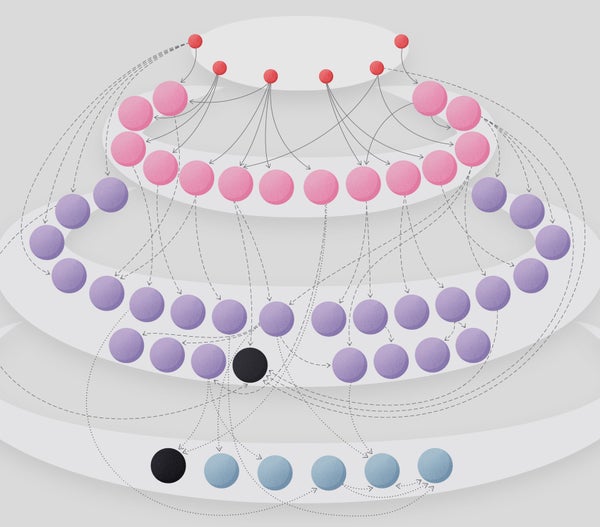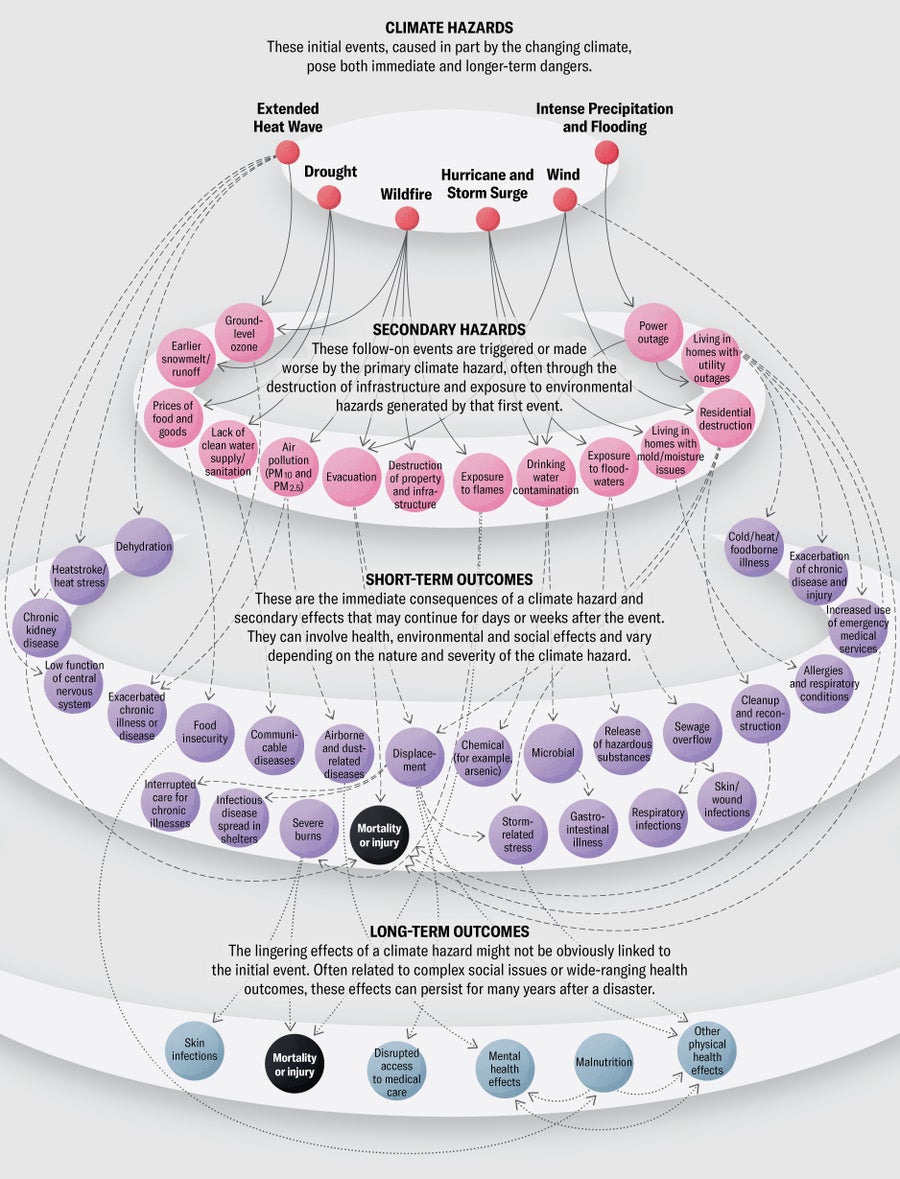When people imagine the aftermath of a natural disaster, skin infections and gastrointestinal illnesses aren't usually the problems that come to mind. But these conditions are embedded in a cascade of extensive and often unexpected consequences of wildfires, hurricanes, and other calamities related to climate change. A report entitled Atlas of Disaster connects the dots between the initial effects of climate hazards and the longer-term outcomes. Most of the U.S. is already feeling the impact—90 percent of American counties experienced a climate-related disaster in the decade from 2011 to 2021, and some have seen many. The damage is even worse in numerous other parts of the world.
“Climate change is here, and our communities are suffering,” says report co-author Amy Chester, managing director of Rebuild by Design, a nonprofit founded after the devastation of Hurricane Sandy in 2012. She hopes this research will shift the national discussion away from what to do if climate disasters occur and toward what we can do now that they are happening.

